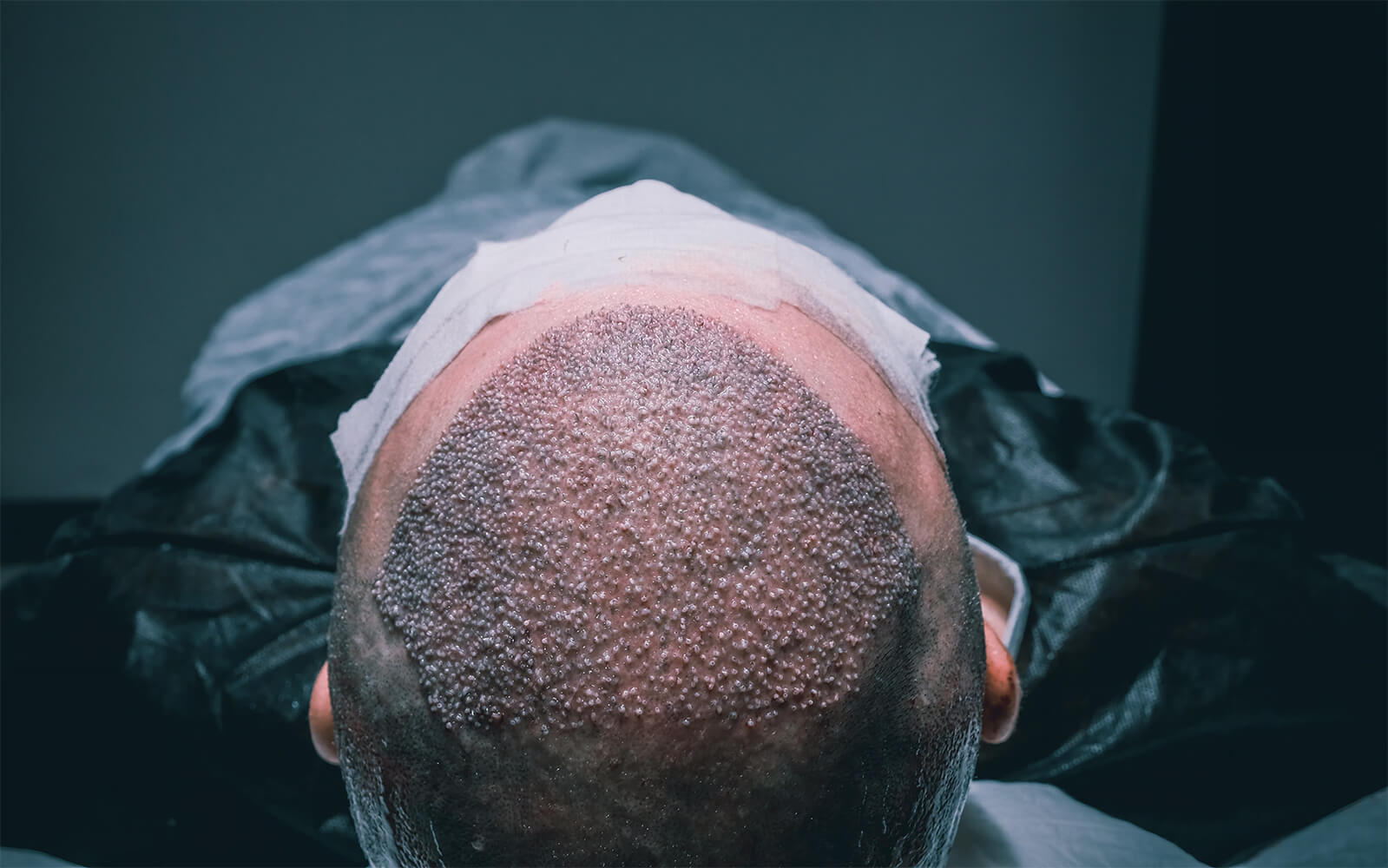What Is the Success Rate of Hair Transplants?
Hair transplants have become one of the most popular and effective solutions for treating permanent hair loss. With modern techniques like FUE (Follicular Unit Extraction) and FUT (Follicular Unit Transplantation), patients can now expect natural-looking results with minimal downtime.
But how successful are hair transplants really? And what determines whether a procedure is considered a success?
In this article, we explore the average success rate of hair transplants, what affects outcomes, and how you can maximize your chances of achieving long-lasting, satisfying results.

What Does “Success” Mean in a Hair Transplant?
Success in a hair transplant is usually defined by:
High graft survival rate
Natural hairline design
Even density and coverage
Minimal scarring
Long-term growth of transplanted follicles
A successful procedure not only restores hair but also improves self-confidence and appearance without looking artificial or overdone.
What Is the Average Success Rate?
Modern hair transplant techniques, when performed by experienced professionals, have an average success rate of 90–95%. This refers to the percentage of transplanted grafts that survive and continue growing permanently.
More specifically:
FUE procedures typically offer success rates around 90–95%
FUT procedures may also deliver similar or slightly higher survival rates
The final cosmetic result usually becomes visible after 9 to 12 months
It’s important to note that even in a successful transplant, some hair shedding is expected in the first few weeks. This is part of the normal healing cycle.
Factors That Influence Success Rate
1. Surgeon Experience and Technique
The expertise of the surgeon and the medical team plays a critical role. An experienced hair transplant specialist knows how to:
Design a natural-looking hairline
Harvest and place grafts with minimal trauma
Ensure proper angle, depth, and direction of implantation
Choosing a skilled, licensed provider is the most important step toward a high success rate.
2. Quality of the Donor Area
The density and health of hair in the donor area (usually the back or sides of the scalp) impact both the number of grafts available and the long-term appearance. If the donor area is weak or overharvested, results may be limited.
3. Graft Handling and Storage
Hair follicles are delicate and must be handled with care. During the procedure, grafts should be:
Stored at the right temperature and moisture level
Transplanted within a short time after extraction
Protected from physical trauma
Poor handling may lead to lower graft survival and patchy growth.
4. Post-Operative Care
Aftercare is essential to protect newly implanted follicles. Following your surgeon’s instructions regarding washing, sleeping, sun exposure, and avoiding physical activity will directly impact the result.
Neglecting post-op care may lead to infections, dislodged grafts, or slower healing.
5. Patient Health and Lifestyle
Overall health and lifestyle choices matter. Conditions like uncontrolled diabetes, smoking, or chronic stress may reduce blood flow to the scalp, slowing healing and affecting graft survival. A balanced diet, adequate hydration, and proper scalp hygiene can improve success.
Is 100% Graft Survival Possible?
In theory, 100% graft survival is ideal, but in reality, it’s rare. Even under perfect conditions, a small percentage of grafts may not survive due to natural biological variation. Most patients can expect to retain 85–95% of the transplanted follicles long-term.
Achieving this level of success depends heavily on:
The skill of the surgeon
Proper technique and equipment
Strict adherence to post-op care
Long-Term Success: Will It Last?
Yes, transplanted hair is typically permanent because it’s taken from the donor zone, which is genetically resistant to DHT — the hormone responsible for pattern baldness.
However, surrounding native hair (non-transplanted) may continue to thin over time. This is why some patients choose to undergo a second session years later to maintain density and natural appearance.
Medications like minoxidil or finasteride can help preserve native hair and protect your results.
Final Thoughts
Hair transplants today are highly successful procedures, with 90% or more of grafts surviving and growing when done properly. However, results are not guaranteed and depend on several factors — most importantly, the skill of your surgeon and how well you follow post-op care instructions.
If you’re considering a hair transplant, take the time to research clinics, ask detailed questions, and set realistic expectations. With the right team and preparation, the chances of a successful, natural-looking outcome are very high.
